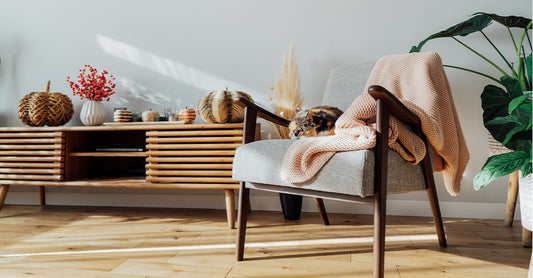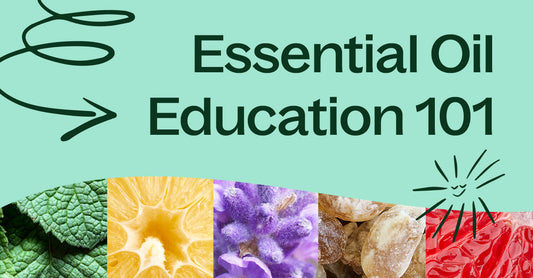We’ve got DIYs for just about everything. So why not sunscreen? For starters, it just isn’t safe. There are many things to consider when determining whether or not to make sunscreen at home and what it all boils down to is risk versus benefits. Do the benefits of making a DIY sunscreen outweigh the risks? Let’s take a more in-depth look at all things sunscreen.
Dangers of the Sun
The first thing to take into consideration is just how dangerous the sun is. Let’s be real. It’s 94 MILLION miles away, so it can’t have that much of an effect on us, right? Wrong. Several things can go wrong when there is too much exposure to the sun. One of those things is short-term and long-term skin damage.
When we mention short-term skin damage, we’re basically talking about a sunburn. A sunburn is a form of radiation burn caused by harmful UV (Ultraviolet) radiation emitted by the sun. Signs of sunburn include skin redness, pain, and blistering. In more extreme cases, burns can escalate to second-degree burns that require medical attention.
Now, long-term skin damage is a little harder to see in the immediate future, but it is not something to forget. Extended, frequent exposure to the sun’s harmful UV rays can accelerate and encourage skin aging. Skin aging can manifest itself in different ways that frequently include wrinkles, dryness, and sagging. It can also cause age spots and lead to skin cancer. Skin cancer is the most common of all cancer and includes melanoma, basal cell carcinoma, and squamous cell carcinoma.
Why Sunscreen?
Hellooooo sunscreen! Sunscreen is applied to the skin to filter out UV radiation. There are two main types of sunscreen: chemical-based, and mineral-based. How they work depends entirely on the kind of sunscreen they are. Chemical-based sunscreens absorb into the top layers of the skin and absorb the UV radiation before they wreak havoc on the body. Mineral-based, or physical sunscreens, create a barrier on the skin that acts as a shield and bounces the UV rays off the skin. A typical active ingredient in mineral-based sunscreens is Zinc Oxide. Both types of sunscreen have been proven to be safe and effective, however, some people have reported minor skin irritation from chemical-based sunscreens, so that’s something to consider when choosing which is best for you.
Why Can’t I Make My Own?
What it really boils down to is precision. For sunscreen to be effective, it has to have precisely the right amount of ingredients to make a balanced, broad-spectrum protectant. Not only does it require the right amount of each ingredient, but the ingredients also have to be blended just right to guarantee a sufficient coat on the skin. To be effective, it can’t have any clumps and the ingredients must be equally distributed throughout the product. This simply cannot be done in the home kitchen without costly, extensive machinery.
Another thing that is often overlooked is that reputable commercial sunscreens go through rigorous testing before it hits the market. These tests help determine the SPF rating for the product and how water-resistant a product may be. In the United States, these tests are a requirement of the FDA even to sell the product commercially. The cost of a broad spectrum UV test ranges depending on where you get it done, but it’s typically upwards of $5,000 per test. Needless to say, when you are making sunscreens at home, there is no way to guarantee that you or your kids will be adequately protected.
Benefits vs Risk
We have now talked about the dangers of the sun, how sunscreens work, and why it’s not possible to make an effective product at home. Now it’s time to put it all together. What are the benefits of a homemade sunscreen? It’s natural, you can pronounce all the ingredients, it’s cheap. What are the risks? It may not be effective, it may not provide adequate coverage, it could increase the risk of sunburn, or worse, skin cancer.
In conclusion, it’s ultimately up to you to decide whether or not the benefits outweigh the risks for you or your family. In our opinion, it’s best to leave the manufacturing and formulating of sunscreens to the professionals with the right tools and resources to make an effective product. We care about your safety and that’s why we do not offer sunscreen DIYs at Plant Therapy.













